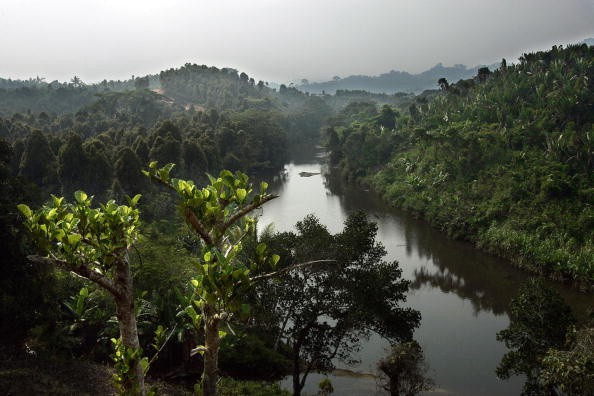Recent reports showed that there were sightings of the rare songbird Dusky Tetrarka in Madagascar's forests, showing optimism about studying the bird's preferred habitat.
Madagascar is a home of various plant and animal species that are known and still unknown.
Researchers and environmentalists have been observing Madagascar to discover new unknown species.
Extremely Rare Songbird Dusky Tetraka

According to eBird's website, Dusky Tetraka is an enigmatic bird with a dark olive-green appearance as a bird in Madagascar forests
- There is insufficient information about the Dusky Tetraka because it evaded observations for about 24 years.
- Animalia Bio said that the bird has the scientific name of Crossleyia tenebrosa.
- Dusky Tetraka also suffers from habitat loss.
- Reports showed that the Dusky Tetraka was among the most-wanted or lost birds in the wild.
Bird lovers and conservationists were amazed after the rediscovery of the rare bird Dusky Tetraka, showing sightings in 24 years.
BBC and Phys.org reported the reemergence of the said bird in Madagascar after it was last sighted in 1999.
According to BBC, ornithologist John Mittermeier took the image of the highly elusive Dusky Tetraka.
The report noted that the bird species was overlooked because it mostly spent time on rocky rivers.
Furthermore, the discovery of the bird's preferred habitat would be helpful for future researchers and locating the bird species in Madagascar.
Conservation efforts
On the other hand, recent reports from the Nature World News (NWN) said that Madagascar's unique plants and animals are at risk of habitat loss and climate change.
The research findings were published in the Nature Communications journal.
The study explained the possible threat of extinction in Madagascar, noting the significant role of conservation and protection efforts for the rare species.
Madagascar has been a critical habitat for rare species that only thrive there due to the country's exceptional biodiversity.
While some species are still unknown in Madagascar, many have become critically endangered.
According to World Wildlife Fund (WWF), the country's critical habitat also suffers from firewood and charcoal production that harms animals.
WWF said about 615 new species were uncovered in Madagascar from 1999 to 2010. Some of the rare animals are the Silky Sifaka.
As a result, the commitment of communities, government and conservationists is crucial to saving animals from the possible brink of extinction.
Monitoring new species and reemerged animals would be significant to analyze and studying their habitats, feeding cycle and breeding.
The population of the rare songbird Dusky Tetrakas has insufficient data.
The reemergence of the said birds would assist researchers and conservationists in developing conservation plans.
In other research, Nature World News reported the population of arctic geese that managed to adapt to warming events.
According to the study published in the Current Biology journal, the arctic geese had new migratory routes that could help their species thrive.
Rapid global warming could impact birds and animals not used to extreme temperatures.
For more similar stories, don't forget to follow Nature News.
© 2025 NatureWorldNews.com All rights reserved. Do not reproduce without permission.





